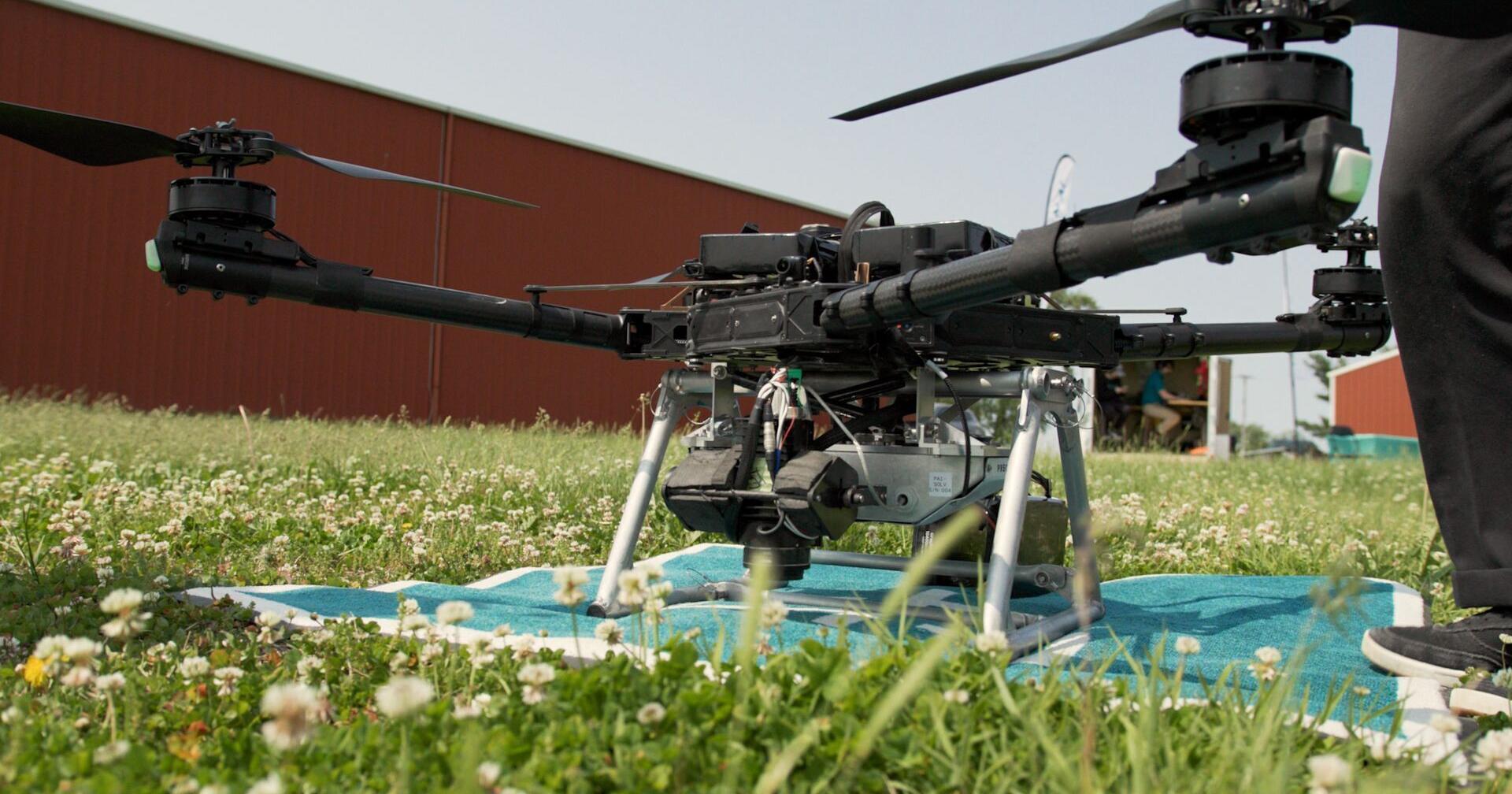
Origami has inspired yet another robot—in this case, one that dynamically changes its shape after dropping from drones in order to glide through the air while collecting environmental data. As detailed via a new study published in Science Robotics, researchers at the University of Washington relied on the traditional Miura-ori folding method (itself inspired by leaves’ geometric patterns) to underpin their new “micro fliers.”
According to study co-senior author Vikram Iyer, a UW assistant professor of computer science and engineering, the micro fliers first fall “chaotically” from drones in an unfolded, flat state, much akin to an elm leaf’s descent. Using tiny onboard pressure sensors to measure altitude, alongside timers and Bluetooth signals, the robots then morph midair to change airflow’s effects on its new structure. This allows it a more stable descent such as those seen within maple leaves.
[Related: Foldable robots with intricate transistors can squeeze into extreme situations.]
“Using origami opens up a new design space for micro fliers,” Iyer said in the University of Washington’s announcement. “This highly energy efficient method allows us to have battery-free control over micro flier descent, which was not possible before.”
Because of the microfliers’ lightweight—about 400 milligrams, or roughly half as heavy as a nail—the robots can already span the length of a football field when dropped from just 40 meters (131 feet) in the air. Battery-free, solar-fueled actuators kick into gear at customizable times to control how and when their shapes interact with the surrounding air, thus controlling directional descents. Researchers believe unfurling the bots at different times will allow for greater areas of distribution, and at just 25 milliseconds to initiate folding, the timing can be extremely precise. Although the current robots only transition in a single direction, researchers hope future versions will do so in both directions, allowing for more precise landings during turbulent weather.
The team believes such microfliers could be easily deployed as useful sensors during environmental and atmospheric surveying. The current models can transmit air temperature and pressure data via Bluetooth signals as far as 60 meters (196 feet) away, but researchers think both their reach and capabilities could be expanded in the future.
Origami is increasingly inspiring new, creative robots. Earlier this year, researchers at UCLA developed flexible “mechanobots” that can squeeze their way into incredibly narrow environments. Meanwhile, the folding art’s principles are showing immense potential within engineering and building advancements, such as MIT’s recent developments in origami-inspired plate lattice designs for cars, planes, and spacecraft.





